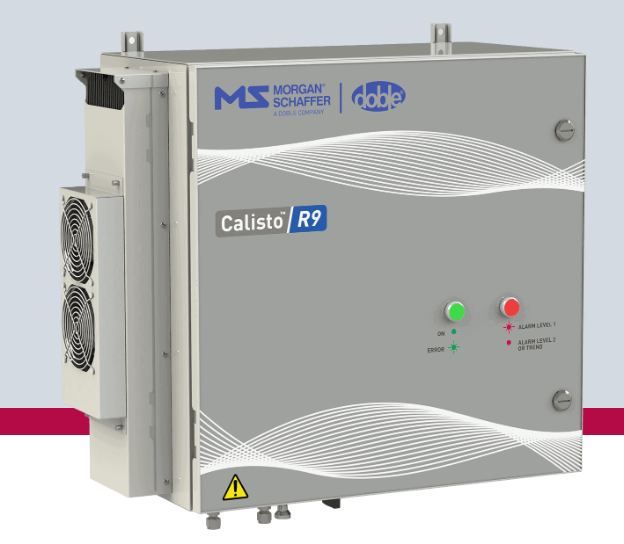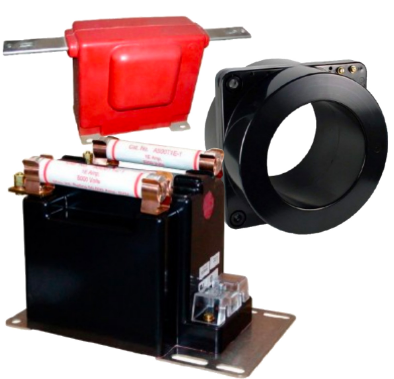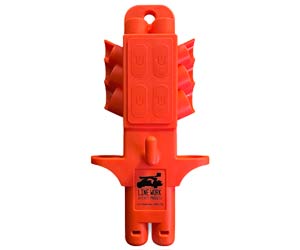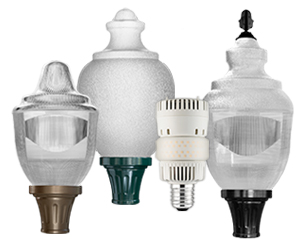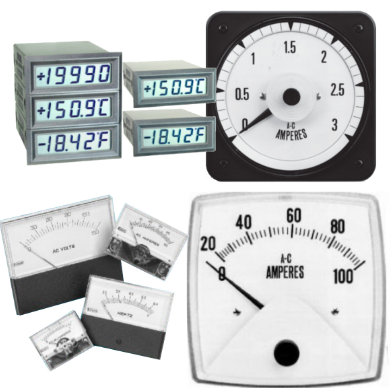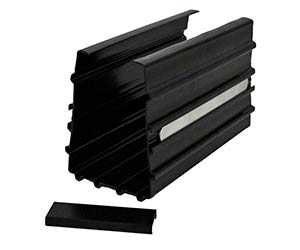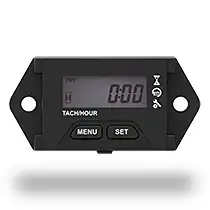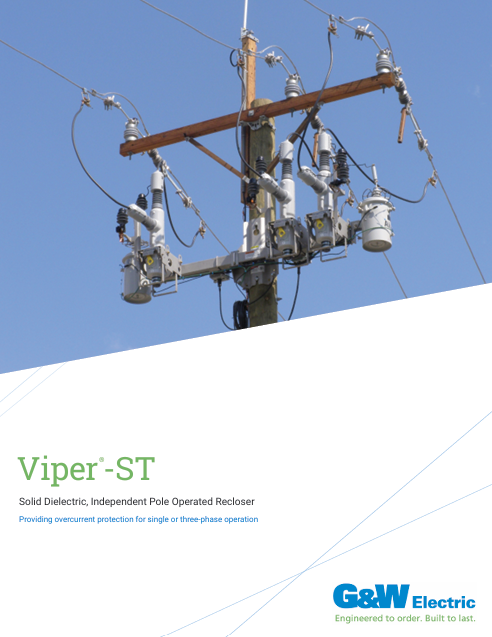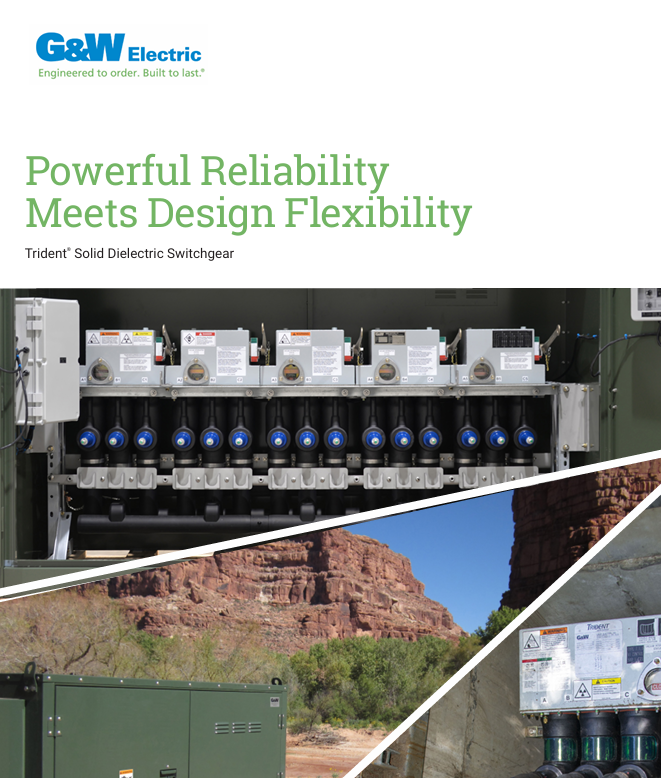Distributed Energy Resources - Small Scale Power

Distributed energy resources (DERs) can benefit the power system and individual homes and businesses. DERs can increase the resiliency and reliability of the power grid, reduce greenhouse gas emissions, reduce the overall power cost, and provide power at the point of use. Several types of DERs can be used to generate electricity, including renewable energy sources like solar photovoltaic, wind power, and fuel cells, as well as energy storage systems like battery storage and combined heat and power (CHP) systems. DERs can also be used to power electric vehicles (EVs) and help to reduce greenhouse gas emissions in the transportation sector.
One of the most significant benefits of DERs is their ability to increase the resiliency and reliability of the power grid. When traditional power plants experience outages, DERs can continue to provide power to homes and businesses, reducing the impact of the outage. DERs can also help to reduce the strain on the power grid during peak demand periods, which can help to prevent blackouts and brownouts.
Another benefit of DERs is their ability to reduce greenhouse gas emissions. Renewable energy sources such as solar photovoltaic and wind power do not produce carbon emissions, which can help reduce the amount of greenhouse gases released into the atmosphere. In addition, CHP systems can use natural gas to generate electricity while using waste heat to provide heating or cooling to homes or businesses. This can help reduce overall power consumption and lower carbon emissions.
Electric vehicles (EVs) are another type of DER that can help to reduce greenhouse gas emissions. EVs can be charged using renewable energy sources, which means that they can help to reduce the use of fossil fuels in transportation. In addition, EVs can also provide energy storage, which can help balance the power grid during periods of high demand.
DERs can also help to reduce the overall cost of power. Because DERs are typically small-scale, they can be less expensive to install and maintain than large-scale power plants. In addition, DERs can provide power at the point of use, which can help reduce the amount of power lost during transmission and distribution.
Several types of DERs can be used to generate electricity. Solar photovoltaic (PV) systems use solar panels to generate electricity from the sun's energy. Wind power systems use wind turbines to generate electricity from the wind. Fuel cells use hydrogen and oxygen to generate electricity, with water as the only byproduct.
In addition to renewable energy sources, DERs can include energy storage systems such as battery storage. Battery storage systems can store energy generated by renewable energy sources, which can be used during periods of high demand or when the renewable energy source is unavailable.
DERs can also include CHP systems, which use natural gas to generate electricity and waste heat to provide heating or cooling to homes or businesses. In addition, CHP systems can provide power at the point of use, which can help reduce the amount of power lost during transmission and distribution.
DERs can be connected to the power grid through a smart grid, which can help to monitor and manage the flow of energy. A smart grid can also help to balance the power grid during periods of high demand by using DERs to provide additional power.
One of the most significant advantages of DERs is their small-scale nature, which allows them to be located close to where the electricity is needed, reducing transmission and distribution losses. DERs can also provide power during peak demand periods, helping to avoid the need for additional power plants or transmission lines.
Another advantage of DERs is their ability to operate independently or in concert with other DERs as part of a microgrid. Microgrids are small-scale power systems that can work independently of the primary power grid, allowing for increased resiliency and reliability in the event of a power outage or other disruption to the power grid. Microgrids can also help to integrate DERs into the power system, providing a more flexible and efficient power system.
DERs can also help reduce the overall power cost by reducing the need for expensive transmission and distribution infrastructure. DERs can be installed and operated by individual homes and businesses, reducing the need for large-scale power plants and transmission lines. This can help reduce the overall power cost and provide more affordable power options for consumers.
However, there are also some challenges associated with DERs. One of the biggest challenges is the integration of DERs into the power grid. DERs can generate electricity intermittently, making it challenging to balance the power grid and ensure a consistent electricity supply. In addition, DERs can be located in areas where the power grid may not be able to accommodate additional power generation. This can require upgrades to the power grid and further investment in infrastructure.
Another challenge is the need for energy storage systems to balance the power grid during high-demand or low-renewable power availability periods. Energy storage systems can be expensive, and their efficiency and reliability can vary depending on the type of technology used.
Despite these challenges, DERs have the potential to play a significant role in the transition to a more sustainable and resilient power system. By leveraging renewable energy sources and energy storage systems, DERs can help reduce greenhouse gas emissions, increase power resiliency and reliability, and reduce the overall energy cost.
What are the characteristics of distributed energy resources?
DERs are small-scale power sources that can be located close to the electricity needed. Renewable energy sources often power them, and they can be connected to the power grid or operate independently as part of a microgrid. They can also provide power during peak demand periods and help reduce the overall energy cost.
What are the benefits of distributed energy resources?
The advantages of using distributed energy resources include increased resiliency and reliability of the power grid, reduced greenhouse gas emissions, and decreased overall power cost. Disadvantages include challenges related to integration into the power grid and the need for energy storage systems to balance the power grid during periods of high demand or low renewable poweravailability.
How do distributed energy resources impact the existing power grid?
DERs can impact the existing power grid by providing additional sources of electricity during peak demand periods and reducing the strain on the power grid. However, the intermittent nature of some DERs can also create challenges in balancing the power grid and ensuring a consistent electricity supply.
What is the role of energy storage in distributed energy systems?
Energy storage plays a critical role in distributed energy systems by allowing excess energy generated by renewable power sources to be stored and used during periods of high demand or low renewable energy availability. Energy storage can also help balance the power grid and ensure a consistent electricity supply.
How are regulations and policies impacting the adoption of distributed energy resources?
Regulations and policies can impact the adoption of DERs by creating incentives for investment in DERs and promoting the integration of DERs into the power system. However, regulations and policies can also create barriers to entry for new technologies or increase the cost of implementation.
What is the future outlook for distributed energy resources, and what trends are emerging in this field?
The future outlook for DERs is promising as the demand for renewable sources and increased resiliency and reliability continue to grow. Emerging trends in this field include the use of blockchain technology to create peer-to-peer markets and the increased use of artificial intelligence and machine learning to optimize the performance of DERs.
On-Site Training
Interested in cost effective, professional on-site electrical training?
We can present an Electrical Training Course to your electrical engineering and maintenance staff, on your premises, tailored to your specific equipment and requirements. Click on the link below to request a Free quotation.
EF PARTNER MEDIA
Videos
Product Showcases
Shared Media















